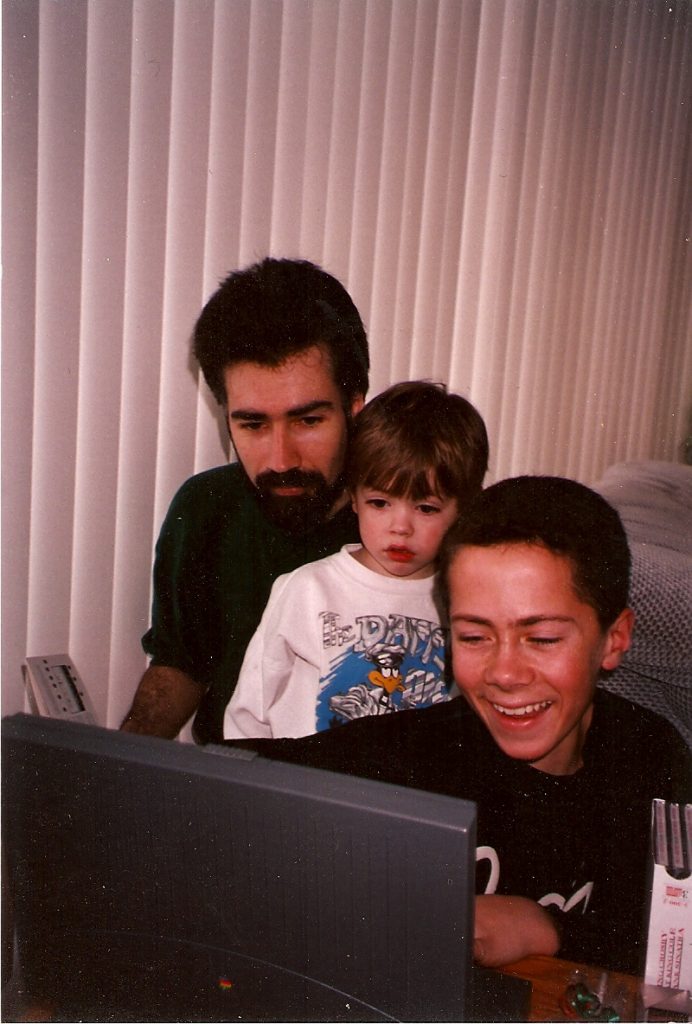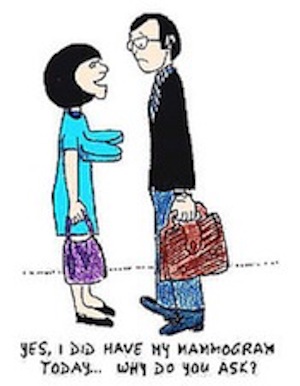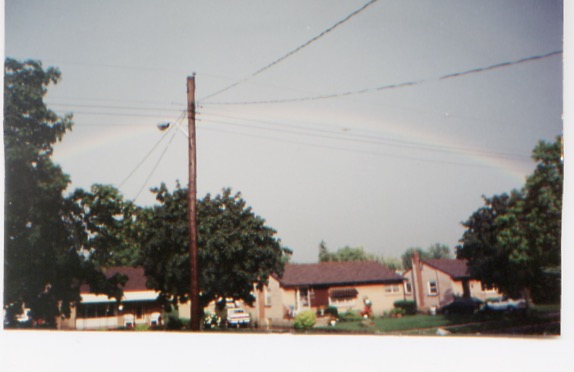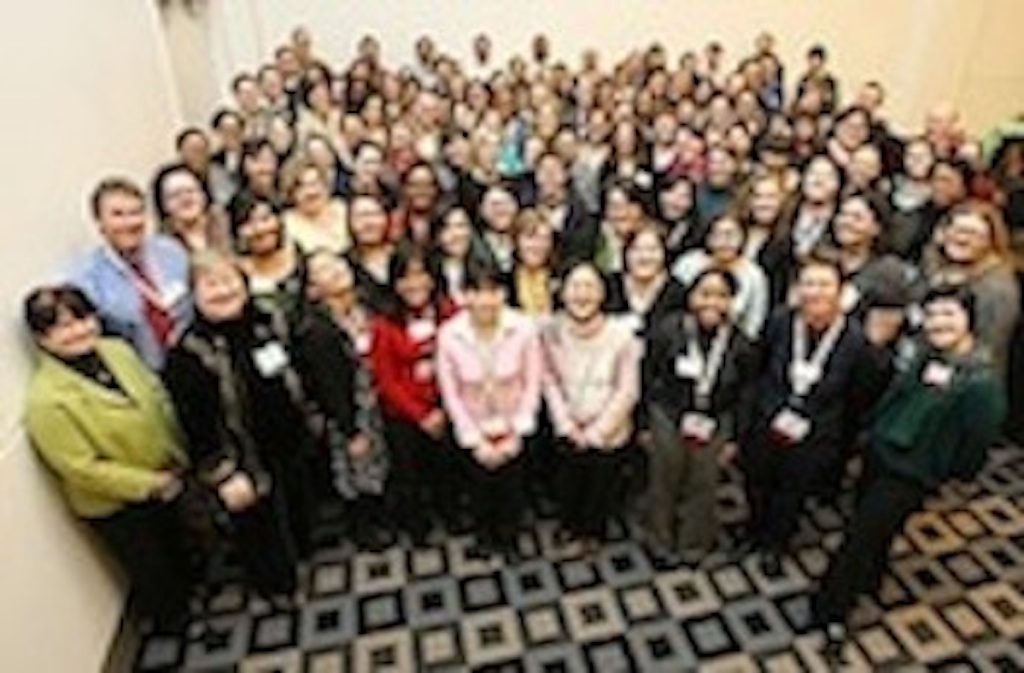Are you grateful every day for what you have, what you can do and where you are physically and emotionally? Are you aware of everyday things or just the big ones? Do you make time to acknowledge that you’re grateful for each of them?

Having gratitude is a way to transform your life and it’s one of the most powerful emotions.
We don’t always make the time to acknowledge what we’re thankful for except on Thanksgiving when we go around the dinner table and each person shares something they’re grateful for.
I think about people who are worse off than me when I see the athletes at Paralympic and Invictus games, people who have chronic pain or those with incurable cancer, children in other countries who can’t afford any education, homeless people and those with PTSD. I could go on and on.
Here’s an exercise that I do
I can’t remember where or when I learned the following technique but it works. And what it has done for me is that if something “huge” happens in my life, whether it is good (accomplishing a goal) or not (like my strokes), I’ve been able to look for something in each to be grateful for. I do it in bed just before I go to sleep at night. You can do the exercise by writing these things or thinking of them. You could keep a small recorder or your smartphone by your bed and that way you can remember your thoughts!
Every night when you’re going to sleep, close your eyes and think of things in your life that you feel grateful for. Don’t think of just your accomplishments but everyday things.
Let me start you with some of my own.
- trying something new and loving it
- having lunch with a friend (not just the lunch itself but also my anticipation of it)
- having a “zoom” coffee chat with an old friend or acquaintance
- finding a parking spot exactly where I need one (I always take my parking permit even though I can’t drive since the stroke and I give it to whoever’s driving J )
- the smell of coffee
- receiving a “just because” card in the mail or by email
- finding an article of “old and favourite” clothing that I can wear again (in my case a winter coat that I bought in the 90s. I hadn’t been wearing it because I didn’t think it fit – it did!)
- money to buy food (many people in the world go to bed hungry)
Here are some more that you can use. Over time you’ll create quite a long list for yourself.
- opening your eyes in the morning and being able to see a sunrise
- having an afternoon to do as you please.
- the first bite of a yummy breakfast.
- a facetime or skype chat with your child or grandchild.
- fitting into your fall wardrobe
- a book, a couch, a rainy day and a fireplace
- winning at Scrabble
- a new, ideal client.
- the sound of raindrops on the roof.
- growth in your business.
- a song that triggers happy memories.
- a strong mindset so you can bounce back from life’s hits (it’s called resilience)
- the privilege to be able to read.
- the right to vote.
- the smell of dinner – and an invitation to enjoy it with people you love.
- that the day is over as you crawl into bed and turn out the light
I’m grateful every day for the fact that it’s a new day full of possibilities. Aren’t you?
What are you grateful for?











